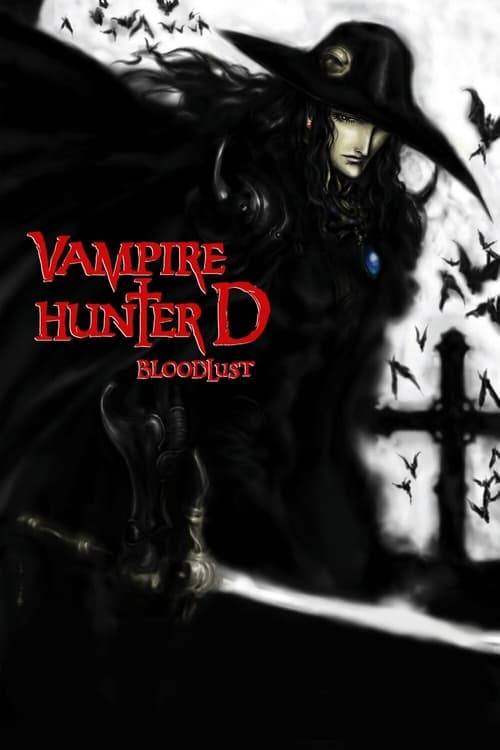
Title: Vampire Hunter D: Bloodlust
Year: 2000
Director: Yoshiaki Kawajiri
Writer: Yoshiaki Kawajiri
Cast: Yoko Soumi (Caroline (voice)), Hideyuki Tanaka (D), Koichi Yamadera (Meier Link), Megumi Hayashibara (Leila), Akiko Yajima (Young Leila),
Runtime: 103 min.
Synopsis: D, a legendary dhampir competes with a motley family of bounty hunters to track down Charlotte Elbourne, a young woman who has seemingly been abducted by vampire nobleman Meier Link.
Rating: 7.651/10